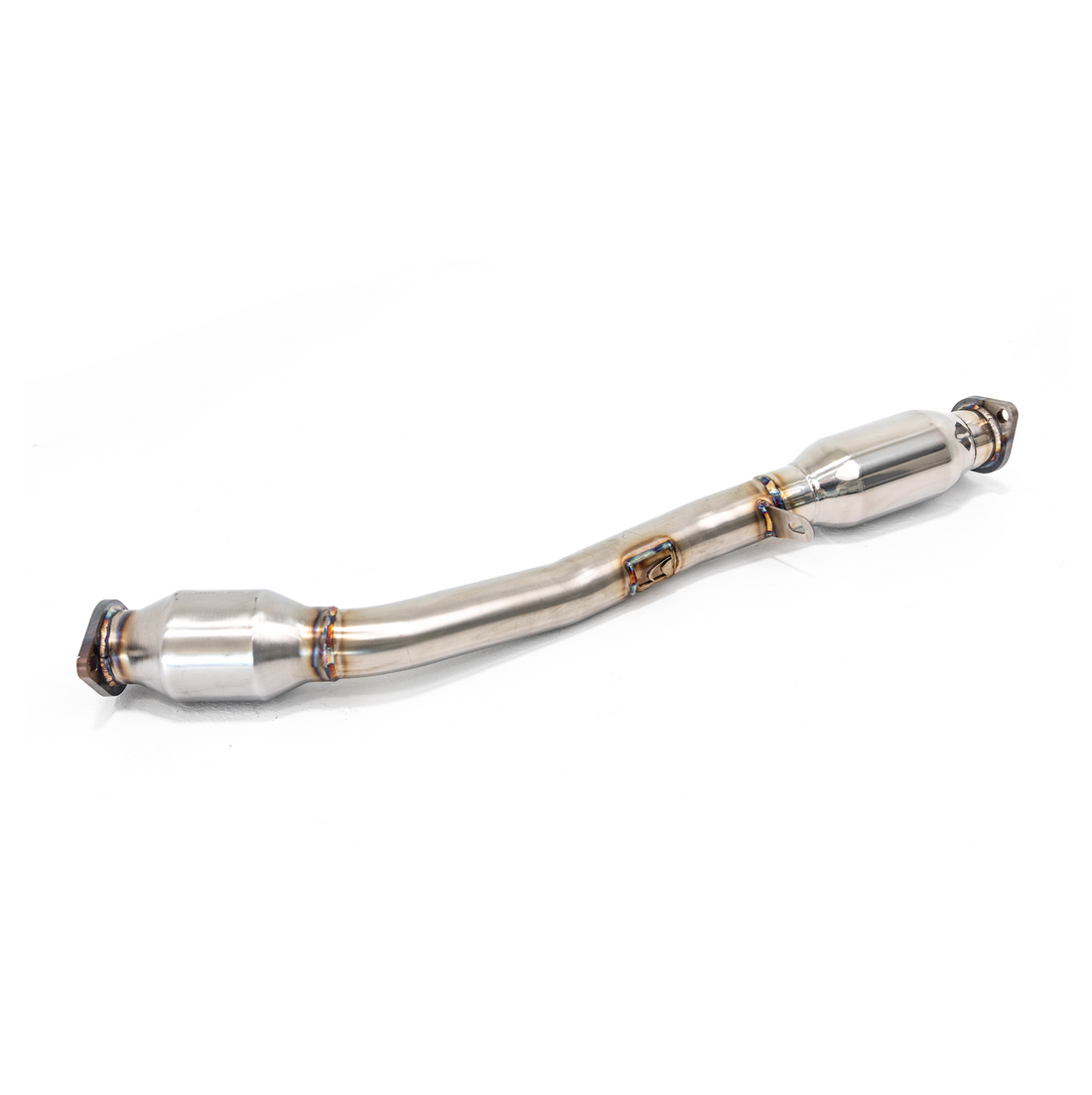Have you ever wondered if dentists have a Hippocratic Oath? You may be familiar with the concept of this oath for doctors, but what about dentists? In this article, we will explore the topic of whether dentists have a Hippocratic Oath and what it means for their profession.
When it comes to dental care, many people have concerns and anxieties. The fear of pain, the cost of treatment, and the overall experience can be daunting. It is important for patients to feel confident and trust in their dentist's commitment to their well-being. This is where the idea of a Hippocratic Oath comes into play.
The Hippocratic Oath is a pledge taken by doctors to uphold certain ethical standards in their practice. It includes principles such as treating patients with respect, providing care without discrimination, and always acting in the best interest of the patient. While the Hippocratic Oath is typically associated with medical doctors, it is not a requirement for dentists.
However, just because dentists do not take a formal Hippocratic Oath does not mean they are not held to high ethical standards. The dental profession has its own code of ethics that dentists are expected to follow. These ethical guidelines focus on providing quality care, maintaining patient confidentiality, and being honest and transparent in all aspects of their practice.
What is the Purpose of a Hippocratic Oath for Dentists?
A Hippocratic Oath for dentists would serve a similar purpose as it does for medical doctors. It would provide a set of guiding principles that dentists could refer to when making decisions about patient care. It would also serve as a reminder of their commitment to the well-being of their patients.
While dentists may not take a formal Hippocratic Oath, many of them still adhere to the principles outlined in the oath. They strive to provide compassionate and ethical care to their patients, always putting their patients' needs first.
The History and Myth of a Hippocratic Oath for Dentists
The Hippocratic Oath dates back to ancient Greece and is attributed to the Greek physician Hippocrates. However, there is no historical evidence to suggest that dentists in ancient times took a similar oath. The idea of a Hippocratic Oath for dentists is more of a modern concept.
Some people believe that dentists should take a Hippocratic Oath because they are healthcare professionals just like medical doctors. They argue that it would help ensure that dentists prioritize patient care and maintain high ethical standards.
The Hidden Secret of Dentists and the Hippocratic Oath
While dentists may not take a formal Hippocratic Oath, they are still bound by legal and ethical obligations. Dentists must adhere to professional standards and regulations set by dental boards and associations. They are also subject to laws and regulations governing patient privacy and confidentiality, as well as standards of care.
Additionally, dentists are required to obtain continuing education and stay up-to-date with the latest advancements in dental technology and treatment. This ensures that they provide the best possible care to their patients.
Recommendations for Dentists and the Hippocratic Oath
While it is not necessary for dentists to take a formal Hippocratic Oath, it is important for them to uphold the principles of ethical practice. Dentists should always prioritize the well-being of their patients and provide them with quality care.
It is also important for patients to choose a dentist who they trust and feel comfortable with. Patients should feel confident that their dentist is committed to their oral health and overall well-being.
Understanding the Role of Dentists and the Hippocratic Oath
Dentists play a crucial role in maintaining oral health and preventing dental problems. They provide a wide range of services, from routine cleanings and fillings to more complex procedures like root canals and dental implants.
While dentists may not take a formal Hippocratic Oath, they are still dedicated to providing quality care to their patients. They are trained professionals who are committed to ensuring the oral health and overall well-being of their patients.
Tips for Dentists and the Hippocratic Oath
Here are some tips for dentists to uphold the principles of the Hippocratic Oath:
- Always prioritize the well-being of your patients.
- Provide compassionate and ethical care.
- Communicate openly and honestly with your patients.
- Stay up-to-date with the latest advancements in dental technology and treatment.
- Continuously improve your skills and knowledge through continuing education.
Conclusion of Dentists and the Hippocratic Oath
While dentists may not take a formal Hippocratic Oath, they are still held to high ethical standards in their practice. They are committed to providing quality care and always acting in the best interest of their patients. Patients should feel confident in their dentist's commitment to their oral health and overall well-being.
